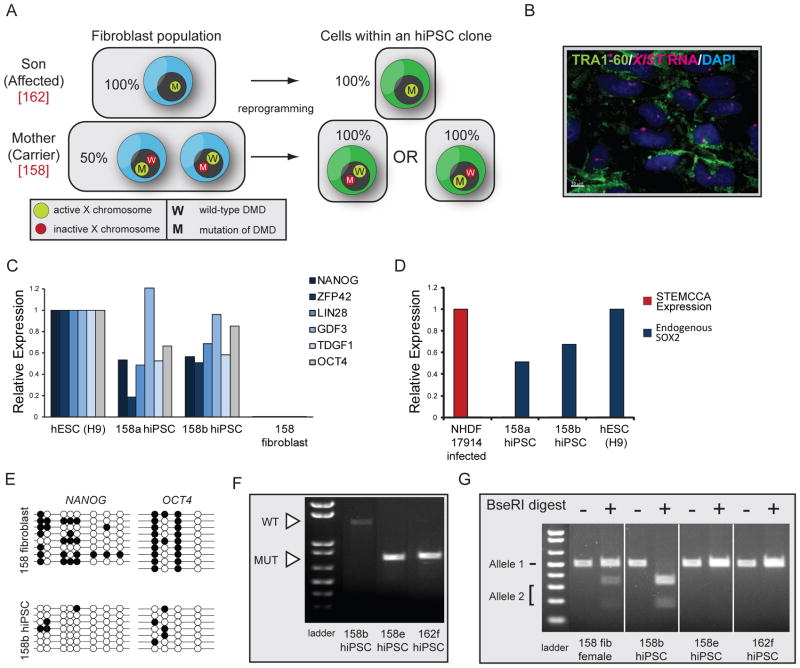Figure 7. Female DMD hiPSCs exclusively express the mutant or wildtype allele of DYSTROPHIN.
(A) Schematic representation of the expected result in the reprogramming experiment with male and female DMD fibroblasts using in the STEMCCA approach.
(B) TRA1-60 (green) immunostaining and FISH for XIST RNA (red) in a representative female DMD-hiPSC line at passage 3. Nuclei were detected with Dapi (blue).
(C) Graph summarizing real-time PCR data for transcript levels of endogenously expressed pluripotency genes in indicated cell lines, relative to GAPDH expression.
(D) As in (C) for ectopic expression from the STEMCCA cassette and endogenous levels of SOX2.
(E) Bisulfite sequencing of promoter regions of NANOG and OCT4 in female DMD fibroblasts and the descendant hiPSC clone 158b.
(F) PCR analysis of DMD expression in female and male DMD-hiPSC clones. The wild-type and mutant alleles of DYSTROPHIN can easily be distinguished by size (1411 bp versus 716 bp). As expected, the male line (162) expressed only the mutant allele and only one of the two DYSTROPHIN alleles was transcribed in each female hiPSC line.
(G) SNP-based analysis of allele-specific expression of ATRX in female DMD fibroblasts, two descendant hiPSC clones (158b and 158e), and one male DMD hiPSC line (162f). Both ATRX alleles are present in fibroblasts, but only one can be detected in each female hiPSC line.

